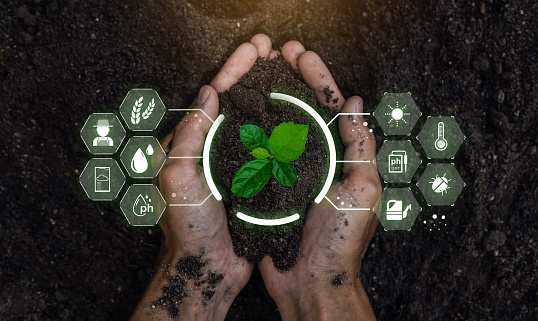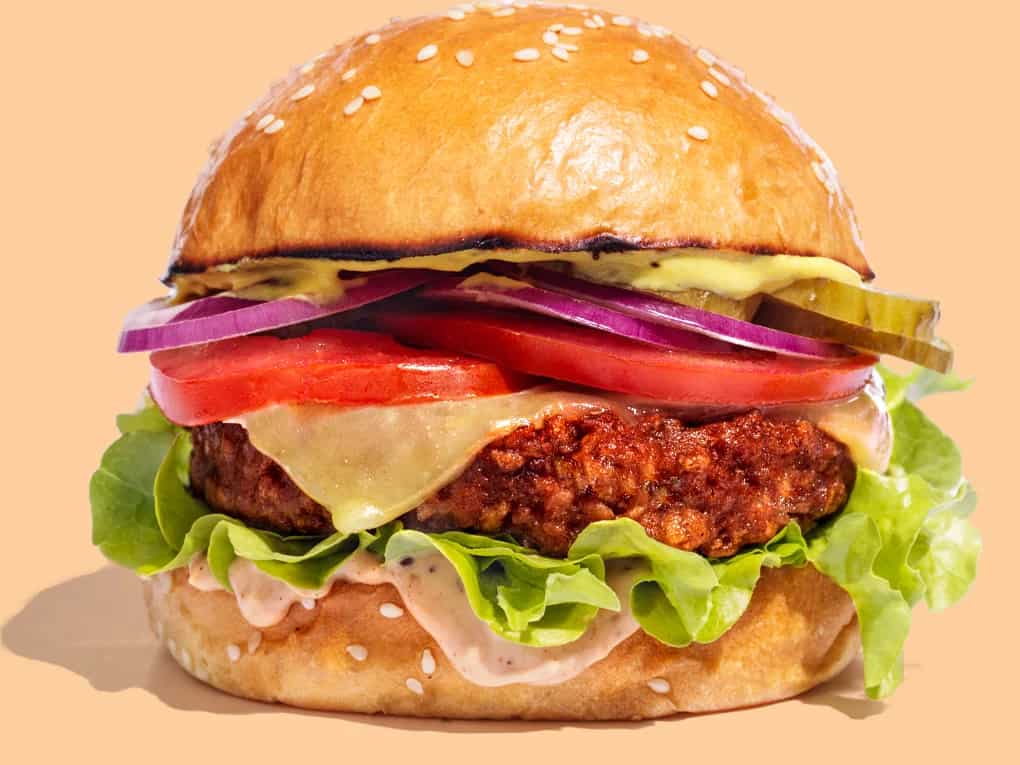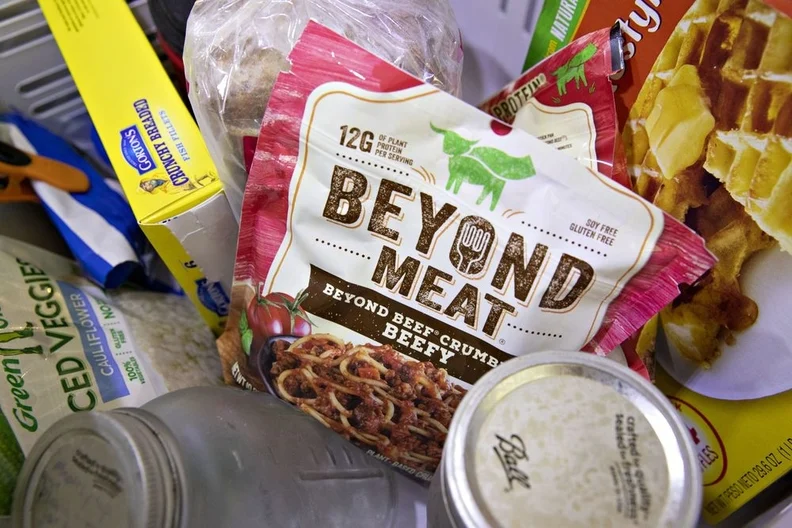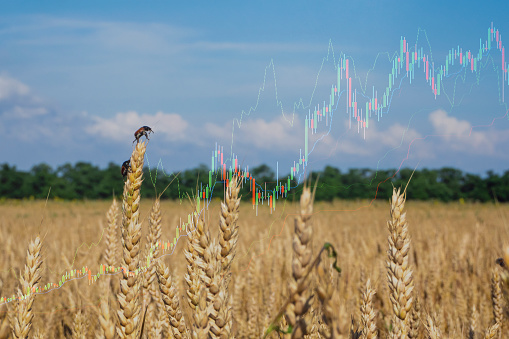The advent of new agricultural technologies could help the food sector cut out billions of tons of greenhouse gas emissions per year.
State-of-the-art agricultural technology and largescale changes to the global food system could help the sector achieve net negative greenhouse gas (GHG) emissions – where the emission sinks exceed the production of emissions – by the year 2050, according to a new analysis published in PLOS Climate.
Currently, the food system is thought to be responsible for up to one-third of total GHG emissions globally. But with changes to consumer purchasing habits, novel animal feeds and the rollout of new management practices, experts say the sector could become one of the most powerful measures to tackle climate change.

Changes to the food system could have a significant impact on global emissions
As the global population continues to expand, this places new pressure on the food sector to grow, process and distribute increasing amounts of produce to feed billions of hungry new mouths. But as the food and agriculture market swells, so too will its carbon footprint.
The food and agriculture sector is already one of the largest contributors to GHG emissions, with food production requiring the use of large amounts of land and high volumes of chemical fertilizer. But food waste and the specific types of crops or animals that are cultivated can also have an impact.
“The largest sources of emission from agriculture include methane from livestock, rice fields and manure nitrous oxide from fertilizer and CO2 from land use conversion for croplands and rangelands,” said Professor Benjamin Houlton, dean of the College of Agriculture and Life Sciences at Cornell University, speaking to Technology Networks.
“When all emissions from the food system are added together, including food loss and waste and land use/land cover change, this sector contributes between 18–30% of global GHG emissions. As the world’s human population expands to 9–10 billion people by 2050, each of these sources will increase with rising food demands unless substantial change is implemented.”

To examine just how much impact consumer choices and changes to the food system might have on future global emissions, Houlton, together with Maya Almaraz, an associate research scholar at Princeton University, led a research team in the creation of an array of model scenarios describing how the food industry might function under different conditions.
** Click here to read the full-text **











